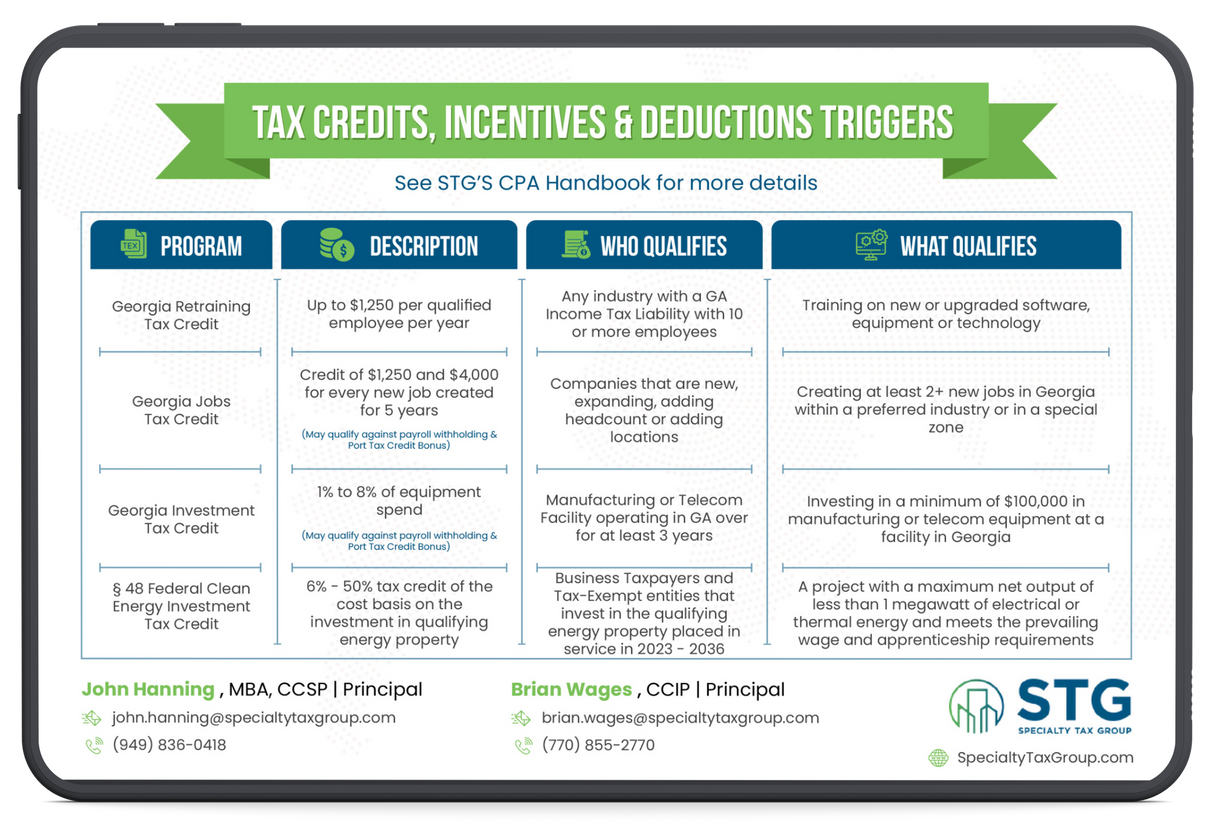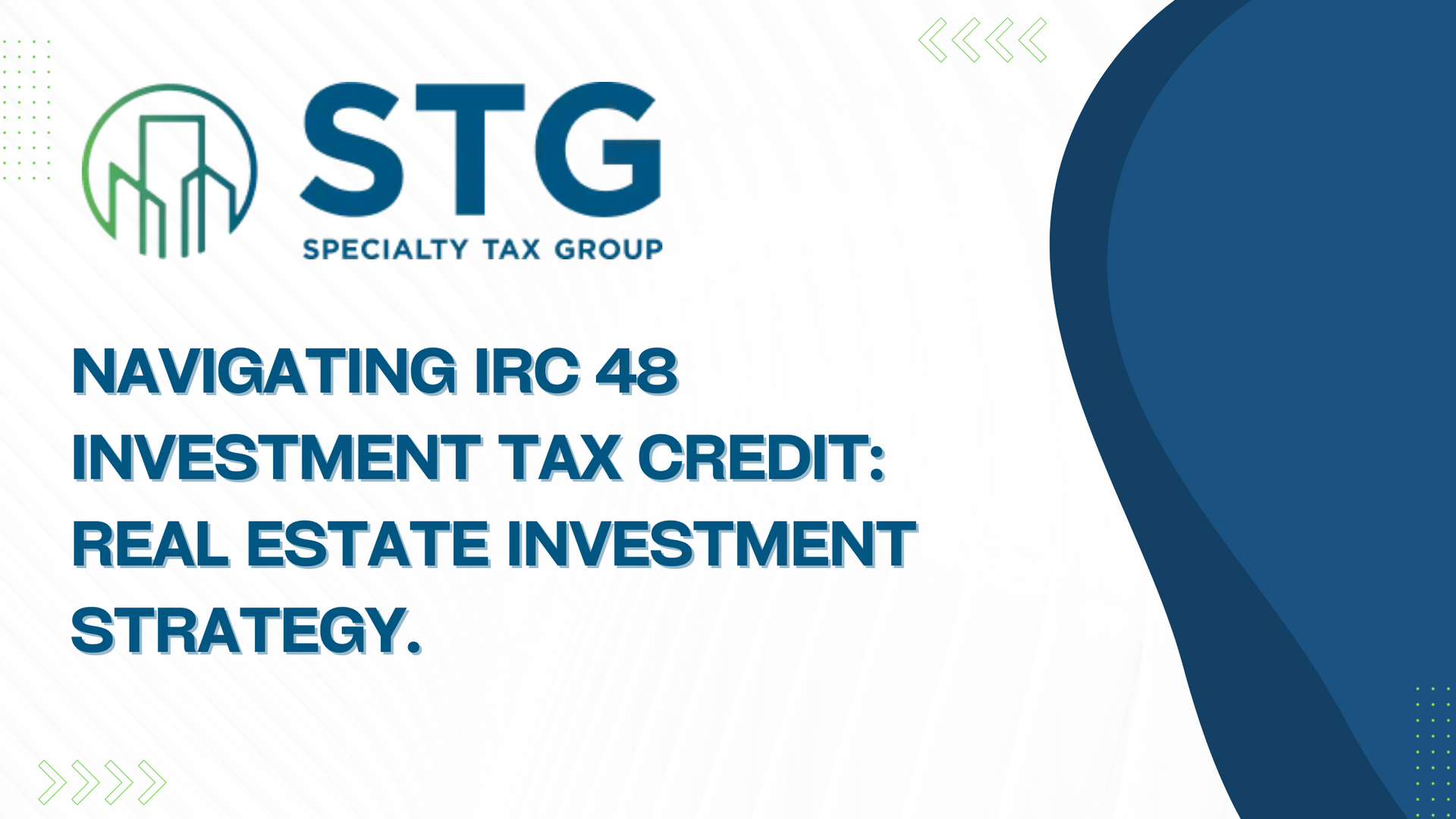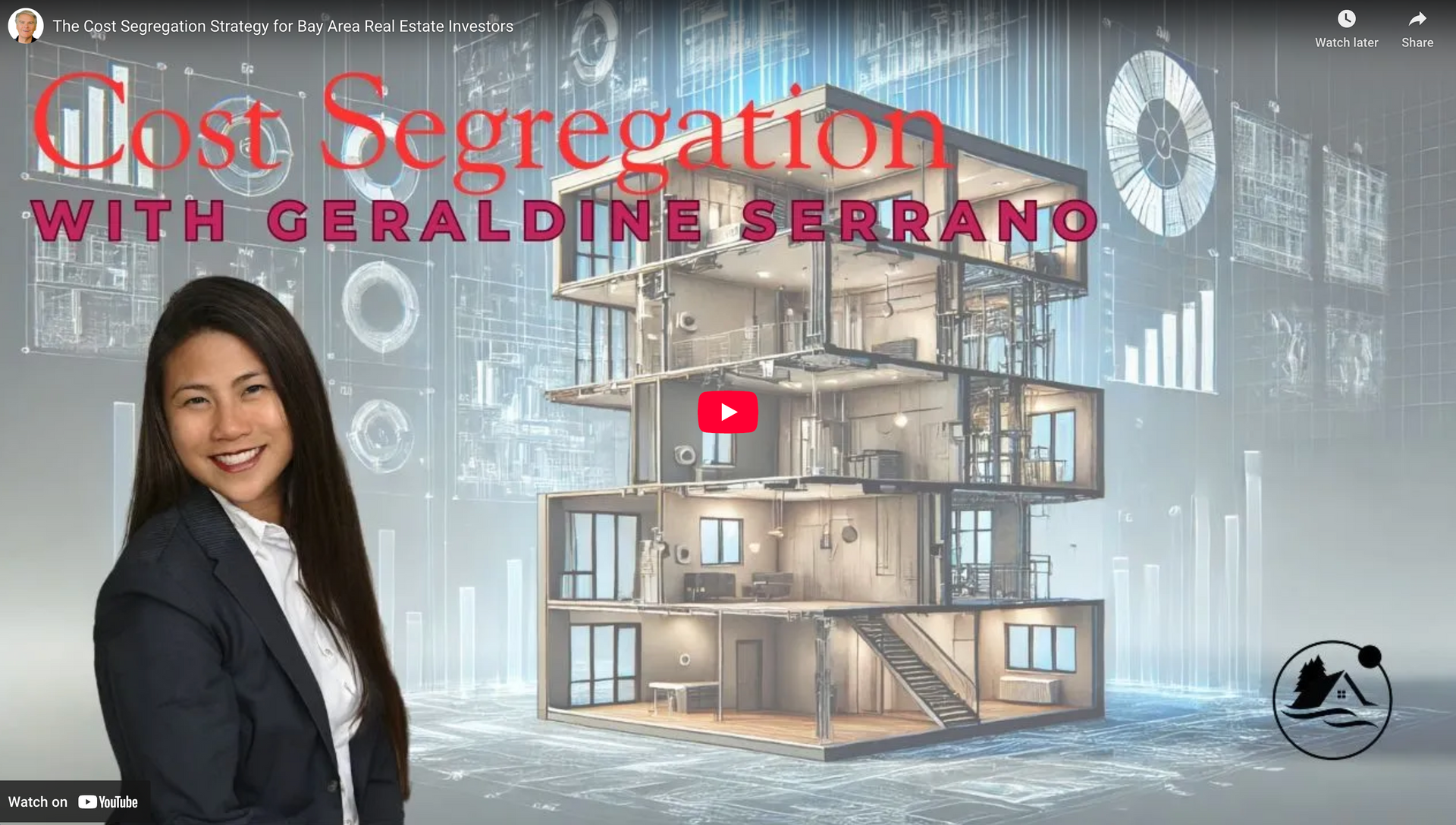This blog post has been researched, edited, and approved by John Hanning and Brian Wages. Join our newsletter below.
Newsletter Form
The IRS has issued the final tangible property regulations under the IRC Sections 162(a) and 263(a). The new tangible property regulations simplify some rules from 2011's temporary guidelines.
The final tangible property regulations provide a general framework for differentiating capital expenditures from supplies, maintenance, and repairs. In addition, the new regulations create new safe harbors.
They also improve the criteria for defining repairs and betterments to tangible property. You must follow the final tangible property regulations starting in tax years beginning on or after 1-1-2014. The 2011 temporary rules may be followed retrospectively back to the start of 2012.
What is a Tangible Property?
"Tangible property exists physically, which means it can be seen, felt, or touched. It includes personal property and real property."
Tangible property has clear purchase value or acquisition cost. Here are some examples of tangible property:
- Cash
- Stock
- Vehicles
- Furniture
- Equipment
- Machinery
Do The Final Tangible Property Regulations Apply To You?
The final tangible property regulations apply to anyone who incurs or pays money to produce, improve, or acquire tangible personal or real property.
The tangible property regulations apply to LLCs, partnerships, corporations, S corporations, and people filing a Form 1040 or 1040-SR with Schedule C, E, or F
The regulations are most important to those who regularly incur significant capital expenditures, such as telecommunications companies, electric utilities, and organizations with substantial real estate holdings.
Major Provisions In The Final Tangible Property Regulations
Some of the significant provisions in the final regulations include:
- Partial disposition provision
- Capitalization policy election
- De minimis safe harbor election
- Small taxpayer safe harbor election
- Capital improvements to tangible property
- Routine maintenance and building systems repairs
These regulations will likely affect most taxpayers in all businesses, with a significant burden on small family-owned businesses to implement the new rules.
Capital Improvements To Tangible Property
The final regulations simplify that expenditure should be capitalized if it:
- Adapts the property for a different use
- Restores or prolongs the life of the property
- Improves the property or any of its main components
Expenditures that restore the tangible property to its original operating condition are currently deductible as maintenance and repairs.
Therefore, taxpayers need to divide buildings into separate structural components, which are primary components and enumerated building systems.
The primary components of a building include:
- Walls
- Doors
- Windows
- Partitions
- Floors and ceilings
The enumerated building systems generally include:
- Plumbing
- HVAC systems
- Security systems
- Electrical systems
- Gas distribution system
- Fire protection and alarm systems
What is Small Taxpayer Safe Harbor?
A small taxpayer safe harbor is available by holding an annual election not to capitalize the improvements.
To be eligible for the small taxpayer safe harbor, the taxpayer should meet the following requirements:
- Attach an election statement to the timely submitted original return.
- The taxpayer should have average annual gross receipts of $10 million or less over the past three years.
- The building should be owned or rented and have an unadjusted basis of $1 million or less.
- Eligible expenditures should not exceed the lesser of $10,000 or 2% of the unadjusted cost basis of the building.
What is De Minimis Safe Harbor?
The final regulations create a de minimis safe harbor for tangible property, letting taxpayers deduct expenses they otherwise will capitalize. The safe harbor is divided into two different thresholds:
- One for taxpayers with certified audited financial statements
- One for taxpayers without certified audited financial statements
Taxpayers with certified audited financial statements can choose a threshold of up to $5,000 per invoice or item as validated on the invoice.
Taxpayers without certified audited financial statements can choose a threshold of up to $2500 per invoice or item as validated on the invoice.
A taxpayer must have a written accounting process at the start of the tax year. Additionally, to use the de minimis safe harbor, the taxpayer must attach an annual election to their timely submitted tax return.
RABI RULES
| Restoration | Replaces the main component or structural part, returns the property to a usable condition after a state of disrepair, or renovates the property to a new condition after the end of its useful life | |
|---|---|---|
| Adaptation | Adapts the property for a different use that is not consistent with the use when the taxpayer initially placed it in service | |
| Betterment | Fixes the material's condition or defect, creates a material addition, or significantly increases the output, productivity, quality, efficiency, or strength of the property | |
| Improvement | Determines what part of the expenditures should be capitalized if the expenditure falls into one of the above categories |
How To Implement The Final Tangible Property Regulations?
The final tangible property regulations may make it necessary to make adjustments to the previous year's transactions. Follow these steps to implement the final regulations:
- The first step in the process is to identify the particular property that will be tested.
- You should then review all expenditures related to the identified property.
- You must determine whether the expenditure should be capitalized or falls into one of the exclusion categories and can be expensed as a period cost.
- After completing these steps, calculate the current period income or expense amount (481(a) adjustment).
Most changes required to comply with the final regulations are considered a change in accounting method. The final regulations state that any accounting method changes require the approval of the IRS Commissioner before the taxpayer can make the changes.
Revenue Procedure 2011-2014 states that automatic approval can be obtained by preparing and filing Form 3115 with the taxpayer's timely submitted tax return for the year of change and filing a separate duplicate copy with the IRS National Office.
The user fee is not required for automatic approval changes. The most common types of changes are:
- Change in depreciation life or method
- Change to use general asset accounts
- Change to the deducting amounts paid for maintenance and repairs
- Change to deducting non-incidental materials when consumed or used
In addition, the following annual elections are required:
- Apply the De Minimis Safe Harbor.
- Capitalize the supplies and materials.
- Apply the Small Taxpayer Safe Harbor.
- Capitalize the maintenance and repair costs.
- Capitalize the employee compensation and overhead on self-constructed properties.
Conclusion
Complying with the final regulations and taking full advantage of available tax savings opportunities require detailed analysis and planning.
Make sure you understand the final tangible property regulations before taking any action. A qualified professional can help you comply with the rules.





